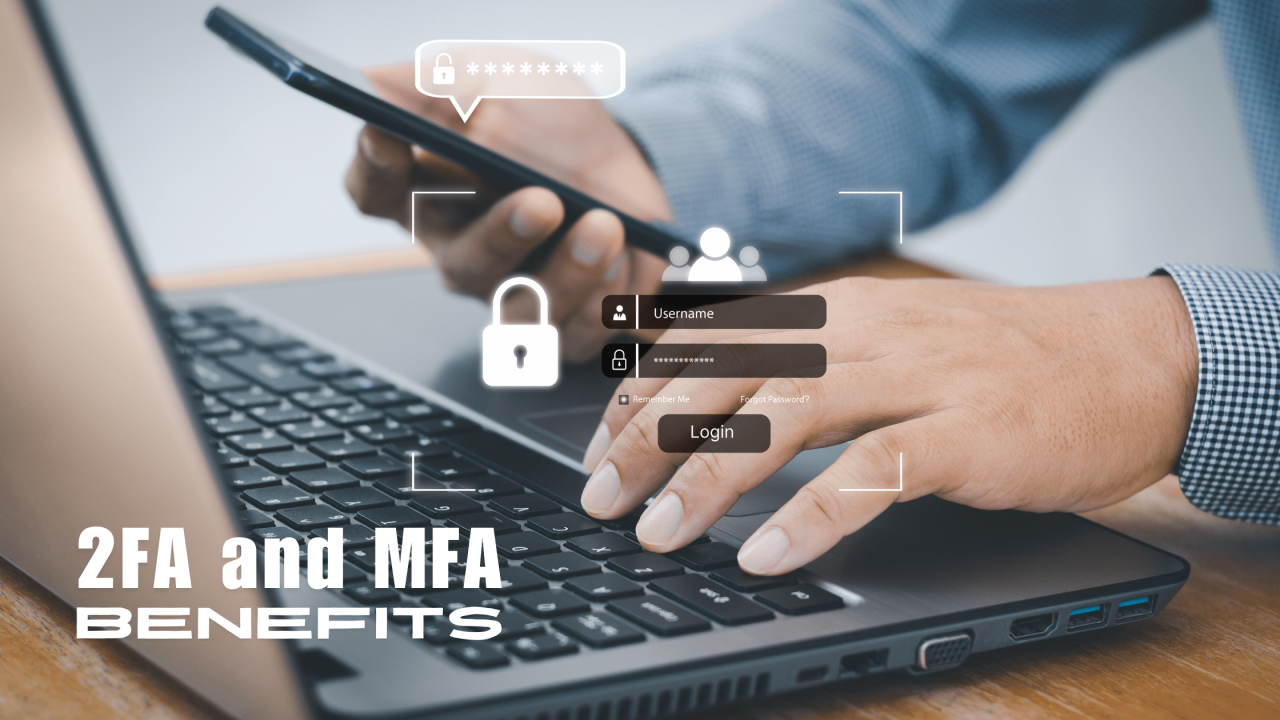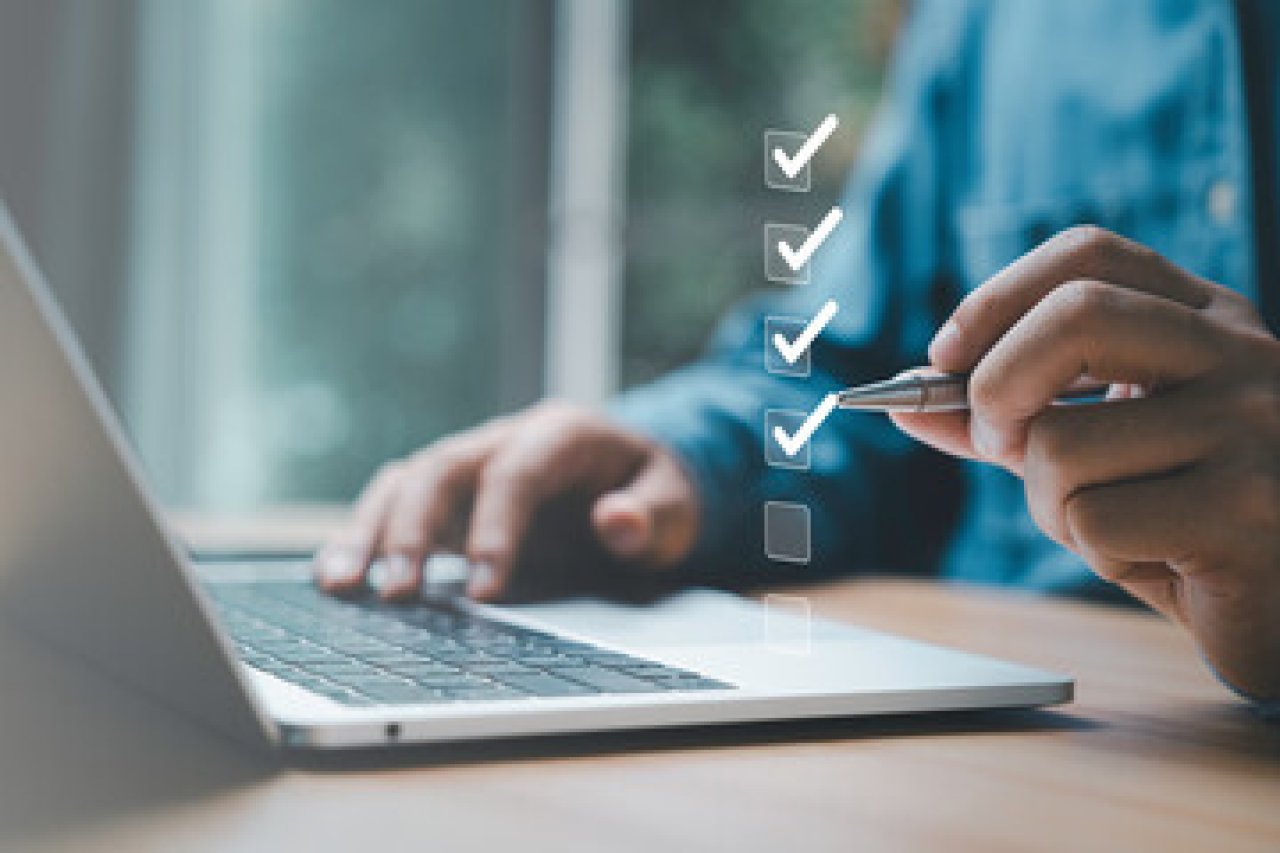We’ve talked about 2FA before, because it does give real protection.
Microsoft have been making it compulsory for email accounts. They are not the only people making 2FA compulsory! No, you don't have to authenticate every day, just occasionally.
2FA or MFA are pretty much 'no-brainer' security these days. If you are in business, reading this, and you don't already have them set up on your key apps, then you need to ask why not - and get it done asap if you can't give yourself a really good answer.
2FA is two-factor authentication, and MFA is multi-factor authentication. 2FA and MFA are very similar and work by adding additional layers of security to your online accounts.
They provide a “second” thing - or "factor" - to prove who you are.
Your first layer of security is your username and password, but what if these are hacked? And increasingly, they are being hacked or compromised in some way. 2FA/MFA adds another powerful layer of security. Because even if they have your username and password, the crims still can't get in because they don't have your cellphone!
Adding this extra layer of security is very effective and can stop 90-95% of hacks that would otherwise be successful.
There are several methods to enable 2FA/MFA, and your cellphone is just one. For example:
An additional password or a PIN, emailed to you or via an Authenticator app.
A code accessed through your smartphone or a secure USB key.
A fingerprint or facial recognition.
Isn't this security a pain in the neck?
Yes, it is a bit, isn't it? But unfortunately, it's critical these days when so many people are out there looking for the weakest links to hack. Don't be the weakest link.
What are the benefits of 2FA/MFA?
Increases Security
By requiring users to provide multiple credentials prior to accessing accounts, hackers are prevented from using stolen passwords, devices, or other individual pieces of information to enter your network.
Reduces Risk from Compromised Passwords
While passwords are the most common form of authentication, they are the least secure. People may reuse or share passwords, which can also be stolen or guessed, leading to exposure for account holders and system administrators.
Customizable Security Solution
Each authentication factor offers multiple options, allowing businesses to customize the user experience to meet their needs. For example, users might have access to fingerprint scanners on their smartphones but not retinal or voice recognition scanners. Two factors may be sufficient for some use cases, while others may require all three authentication factors.
Compatible with Single Sign-On (SSO)
MFA can be embedded into applications and integrated with single sign-on. Users no longer have to create multiple unique passwords or risk reusing the same password for different applications when logging in. With SSO, MFA reduces friction while verifying the user’s identity, saving time and improving productivity.
Scalable for Changing User Bases
Multi-factor authentication easily adapts to your business needs. MFA can be set up for all users, including employees, customers and partners. Single sign-on combined with MFA eliminates the need for multiple passwords, streamlines the login process, improves the user experience, and reduces the number of calls to IT departments for password assistance.
Regulatory Compliance
There may be industry regulations requiring MFA. This helps you to be in line with industry regulations.
We'd be surprised if you could get cyber insurance these days without having 2FA/MFA enabled on your key apps.
Enables Enterprise Mobility
The pandemic made remote work options necessary for many organizations and sped up digital transformation. Allowing employees to use mobile devices to easily and securely access their needed resources increases productivity. Using MFA to log into business applications, especially when integrated with SSO, provides the flexibility and 24/7 access employees need while keeping networks and data protected.
Adaptable for Different Use Cases
Some situations call for greater security, like conducting high-value transactions and accessing sensitive data from unknown networks and devices. Adaptive MFA uses contextual and behavioural data such as geolocation, IP address and time since the last authentication to assess risk. If the IP address is considered risky (e.g., coffee shop or anonymous network) or other red flags are noted, authentication factors can be added as needed to gain a higher level of assurance about a user’s identity.
How does 2FA/MFA work?
What this additional level of protection does is help to ensure that you are who you say you are when logging into your online account.
So even if someone gets your username and password and logs in with your credentials, they will be stopped!
You will get an immediate notification on your phone to indicate that someone is trying to log in to your account.
You can then decline the authorisation, locking them out. This also tells you that your password has been guessed, so you know to change your password.
How do I get 2FA/MFA?
Many of your current apps will have a 2FA/MFA feature that you can turn on. For other things like email, you can enable 2FA/MFA.
This may mean talking to us here at GTB so that we can assist you to help to turn on your Microsoft 365 MFA feature.
Once it is turned on, you and your team must use 2FA/MFA before you can access your emails/Teams and other applications.
Make sure that everyone is ready for this and knows what to do! It isn’t hard, but like with all changes, it's best to ensure that you have support from the rollout. GTB supports our clients with this - some clients do most of it themselves after we have shown them how, while others just get us to do everything.
In Conclusion:
Having MFA or 2FA is essential these days.
Here at GTB, we can help you to simplify this process and provide you with support to easily and effortlessly apply these tips. If you would like to discuss your specific needs, please feel free to contact us here.




